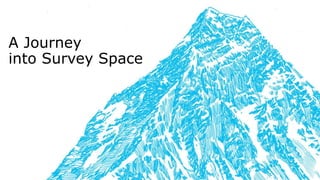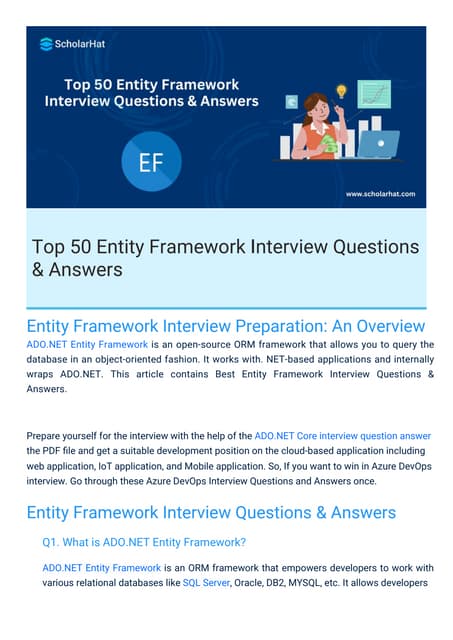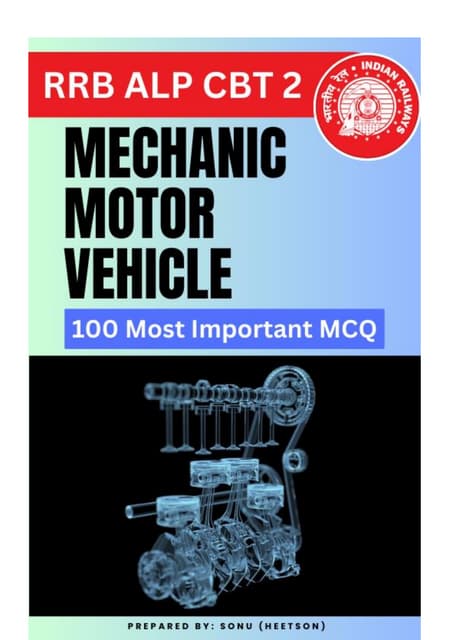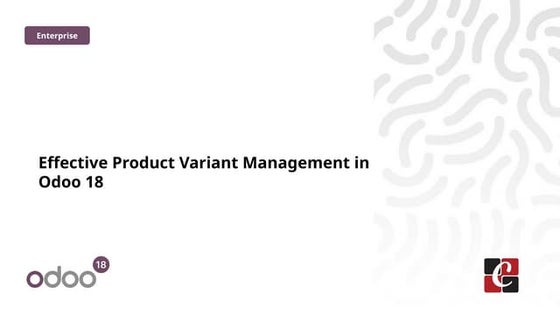A Student Library Survey in Secondary Schools
- 1. A Journey into Survey Space
- 9. ŌĆ£Last year, the Senior Resource CentreŌĆÖs Student Survey revealed that many students would prefer the SRC to be a quieter space. In response, the SRC brings you, Thank Goodness ItŌĆÖs Quiet Friday (TGIQF) on FridayŌĆÖs at lunch time for silent reading or quiet, independent study.ŌĆØ
- 10. Thank Goodness ItŌĆÖs Quiet Friday
- 12. ŌĆ£School Librarian evaluation tools create opportunities to collaborate with principals using measurable, objective, evidence-based practices.ŌĆØ Owen 2011
Editor's Notes
- #2: Aim of student survey was to acquire evidence of studentsŌĆÖ attitudes towards the library space to incorporate into planning to enhance the library space. In advocating for the library space, I was definitely inspired by Bonanno, K., 2011. 7 successful strategies to develop your school library advocacy toolkit [WWW Document]. ║▌║▌▀Żshare. URL http://www.slideshare.net/kbonanno/7-successful-strategies-to-develop-your-advocacy-toolkit (accessed 5.16.15). Image: Scaling Mt. Everest: A scroll up the icy path - Washington Post [WWW Document], April 2015. URL http://www.washingtonpost.com/graphics/world/scaling-everest/ (accessed 5.24.15).
- #3: A range of techno-magic survey tools and the one-to-one computing environment in schools means that its never been easier to embed a survey link into a website or email. I had a very positive experience using the paid version of Survey Monkey. Unpaid versions have limits on questions and respondent numbers.
- #4: While the survey tools make the job so much easier, there remains a great deal of planning and thought into producing a successful survey. A knowledge of research methodology is needed in design the questionnaire, with length, open / closed questions and clarity being key to getting the specific data you need. And most importantly ŌĆō how-to action the findings.
- #5: Note the first point ŌĆ£Homework or other workŌĆØ is not specific and has been re-worded for next survey
- #6: Graphical representation is easy to read
- #8: Note the first point ŌĆ£Homework or other workŌĆØ is not specific and has been re-worded for next survey
- #9: Open-ended questions for general feedback are commonly positioned at the end of the survey. This qualitative data supports quantitative data and provides opportunity for customers / students to candidly voice their opinions.
- #10: Inspired by Richard GloversŌĆÖ TGIF and the many libraries who have dedicated lunch times to various activities.
- #11: The TGIQF a successful initiative as backed by student response.
- #12: Provides evidence to support TL in Highly Accomplished career stage in Standard 4 by implementing an initiative which seeks to provide a learning environment which is inclusive and supportive of all students.
- #13: Other benefits As highlighted by Patricia Owen ŌĆō surveying provides a way of communicating with the principal on issues backed by student data. Owen, P., 2011. An improved ŌĆ£Form of our ownŌĆØ a 21st century approach to school librarian evaluation. Library Media Connection Other valuable data was gained as ŌĆśevidence for practiceŌĆÖ and future planning, such as improving access to library catalogue and developing a service-orientated culture in library personnel. A student survey provides the opportunity to market the library as being proactive and learner-centered.
- #14: Check out the student survey, https://www.surveymonkey.com/r/69G2PY8 In this revised version of the survey above, I have consider advise by Kostoulas (2013) on likert scales so that opinion is forced to make data collected more specific which will aid reporting. Kostoulas, A., 2013. Four things you probably didnŌĆÖt know about Likert scales [WWW Document]. URL http://achilleaskostoulas.com/2013/09/09/four-things-you-probably-didnt-know-about-likert-scales/ (accessed 5.27.15).



















































